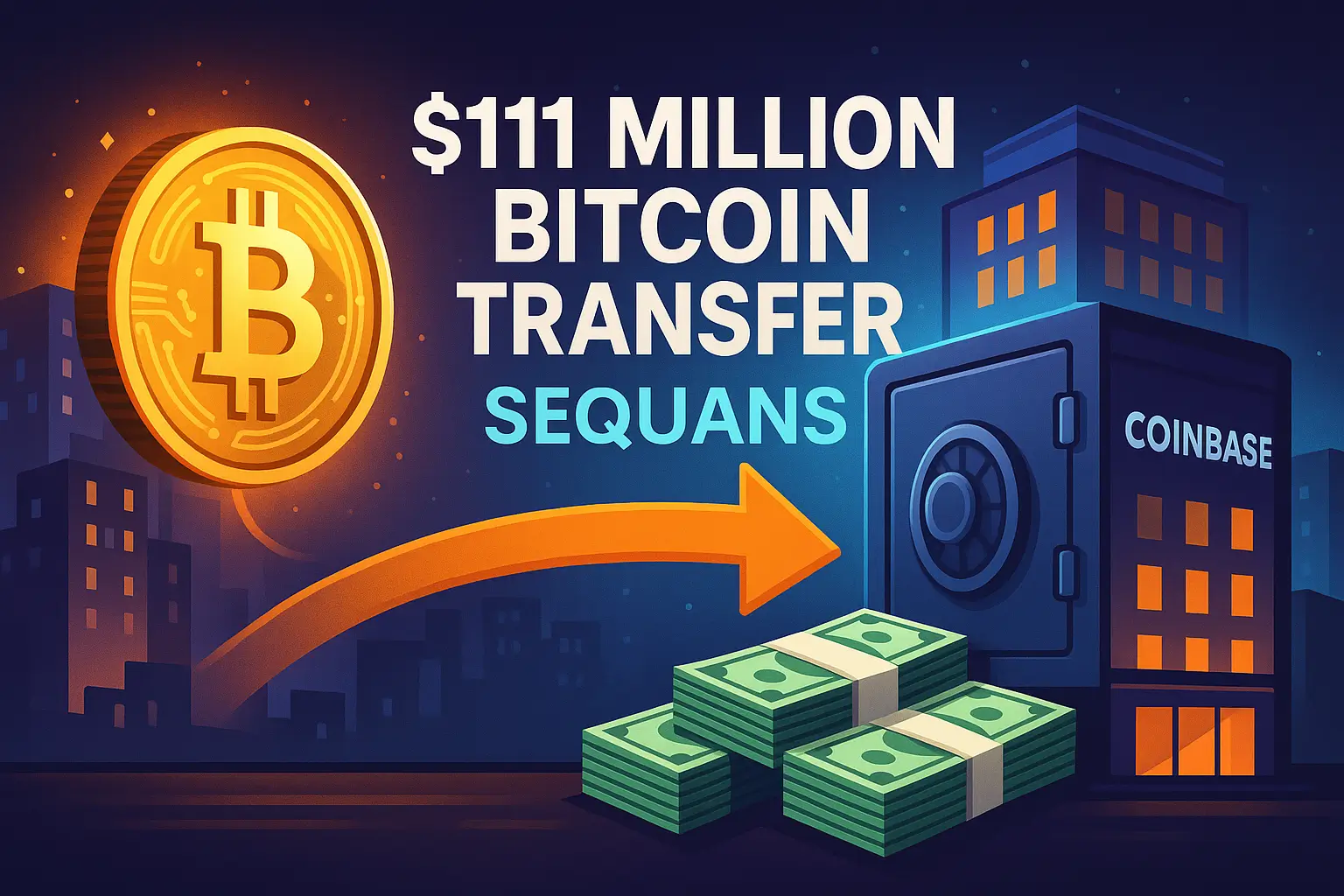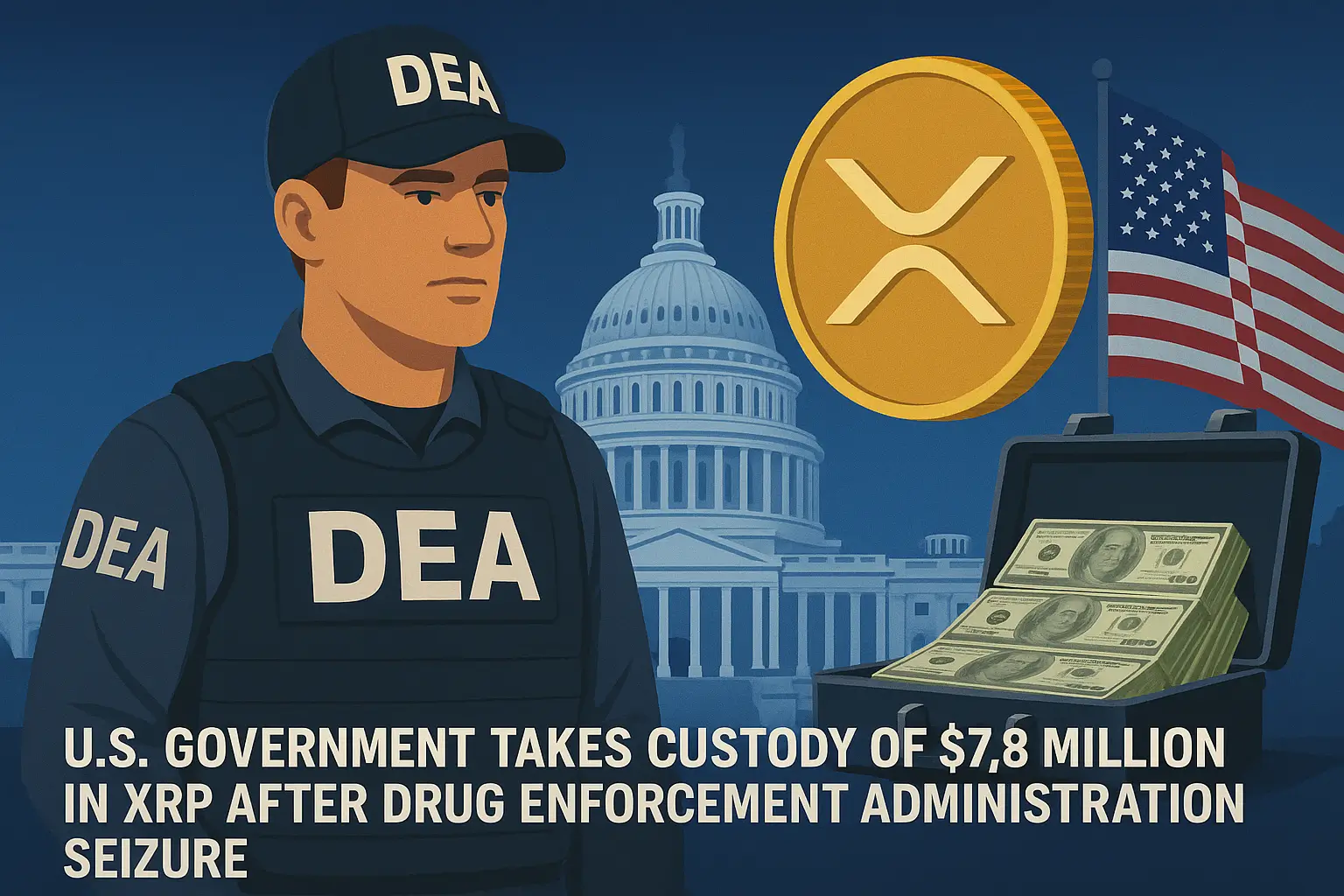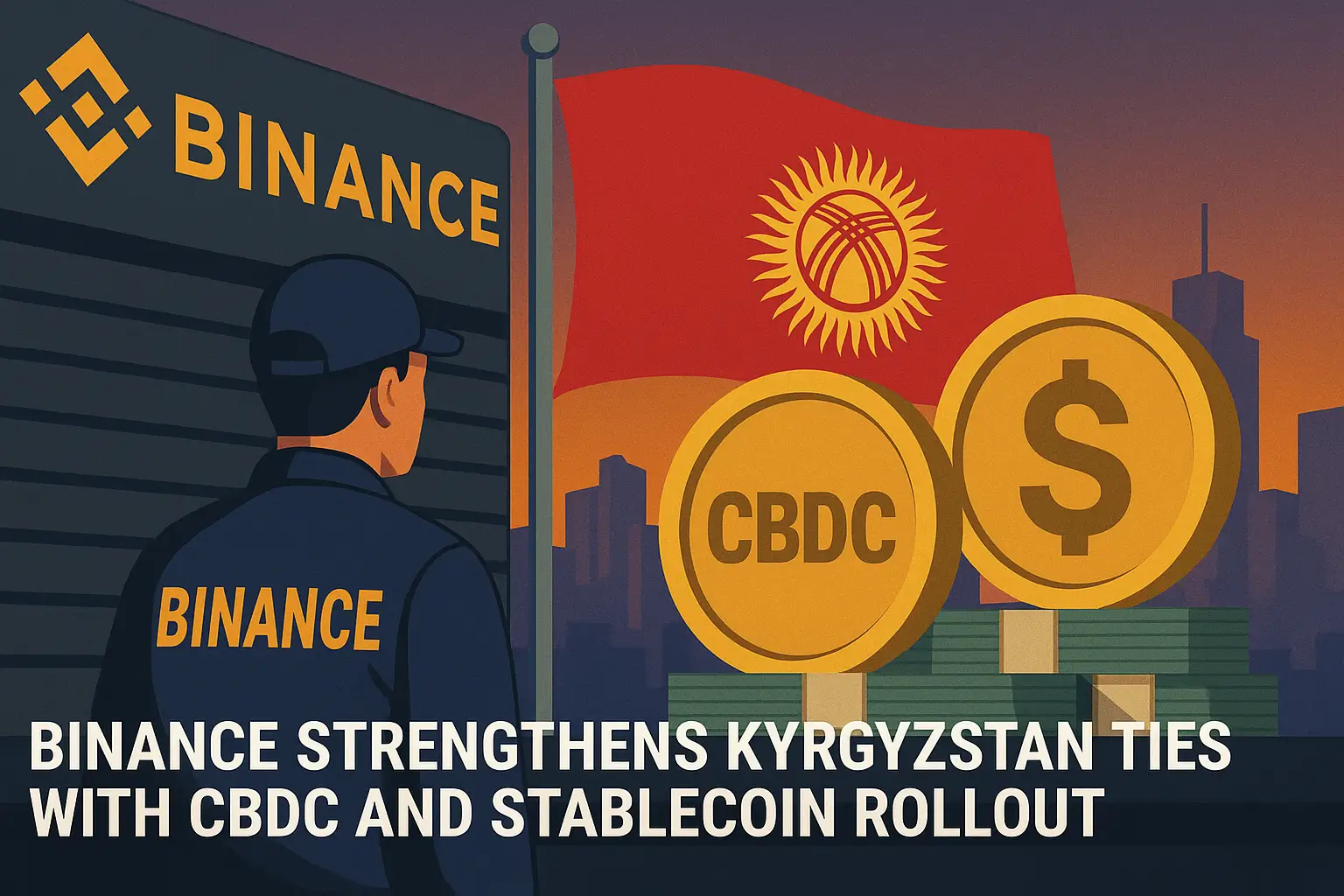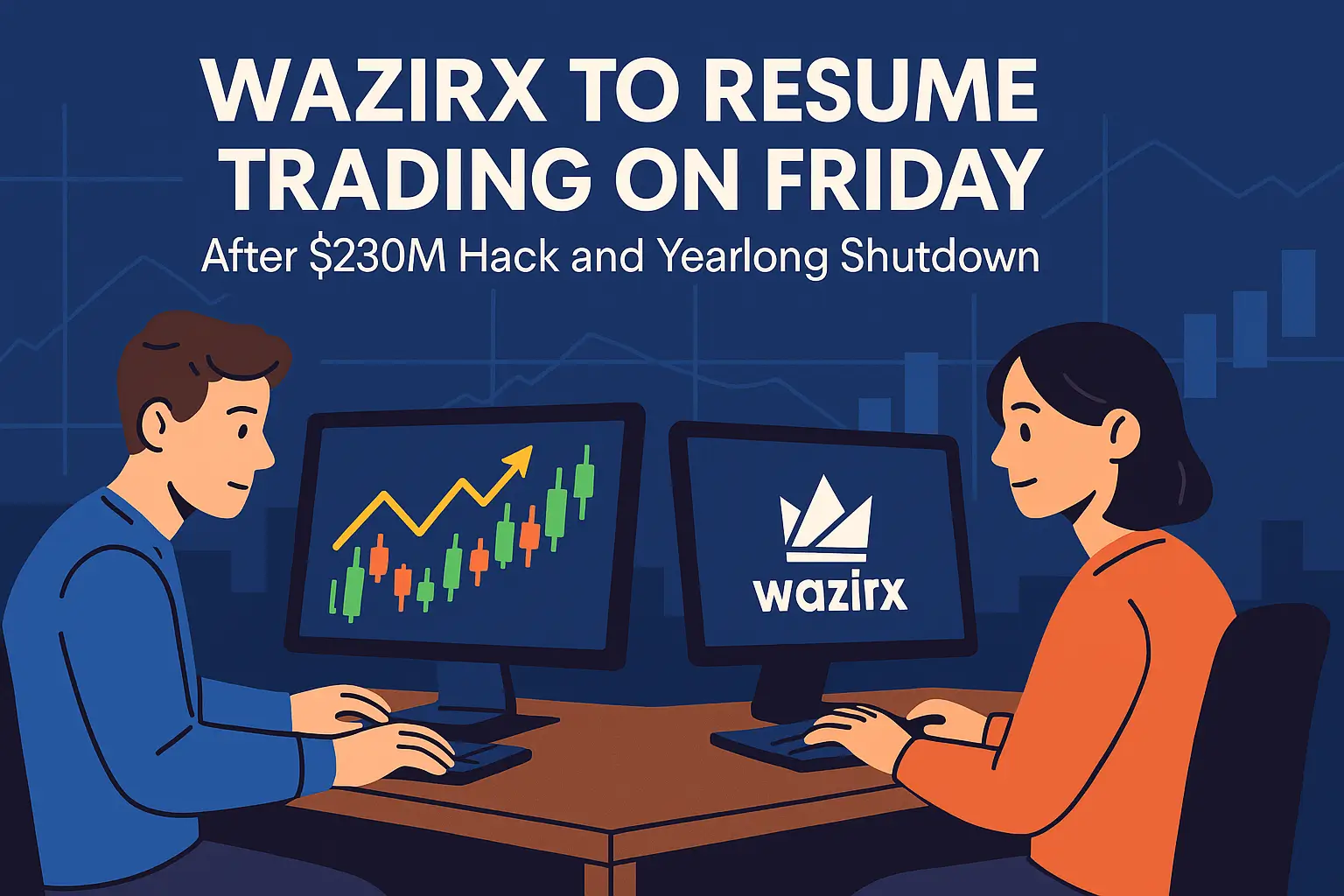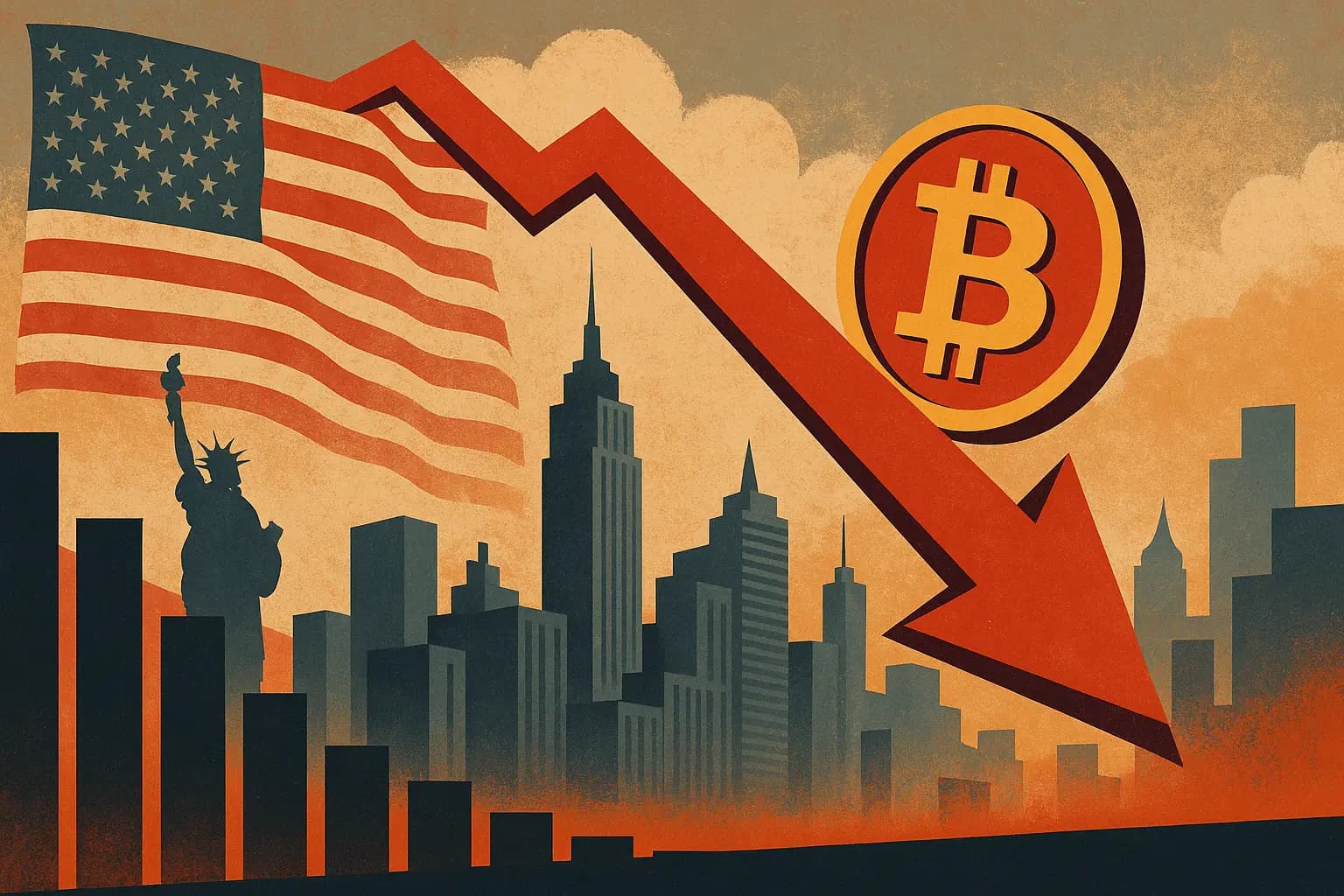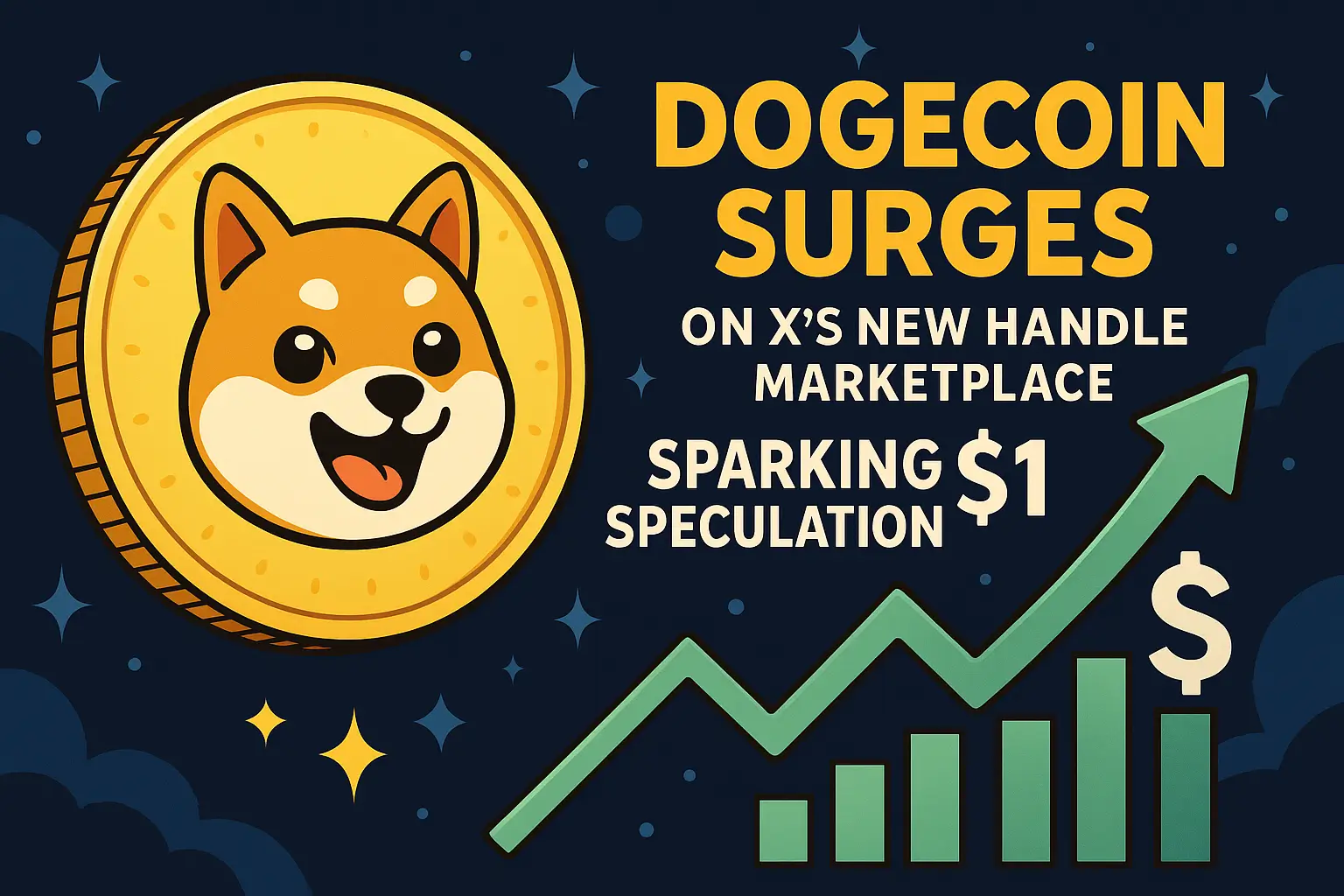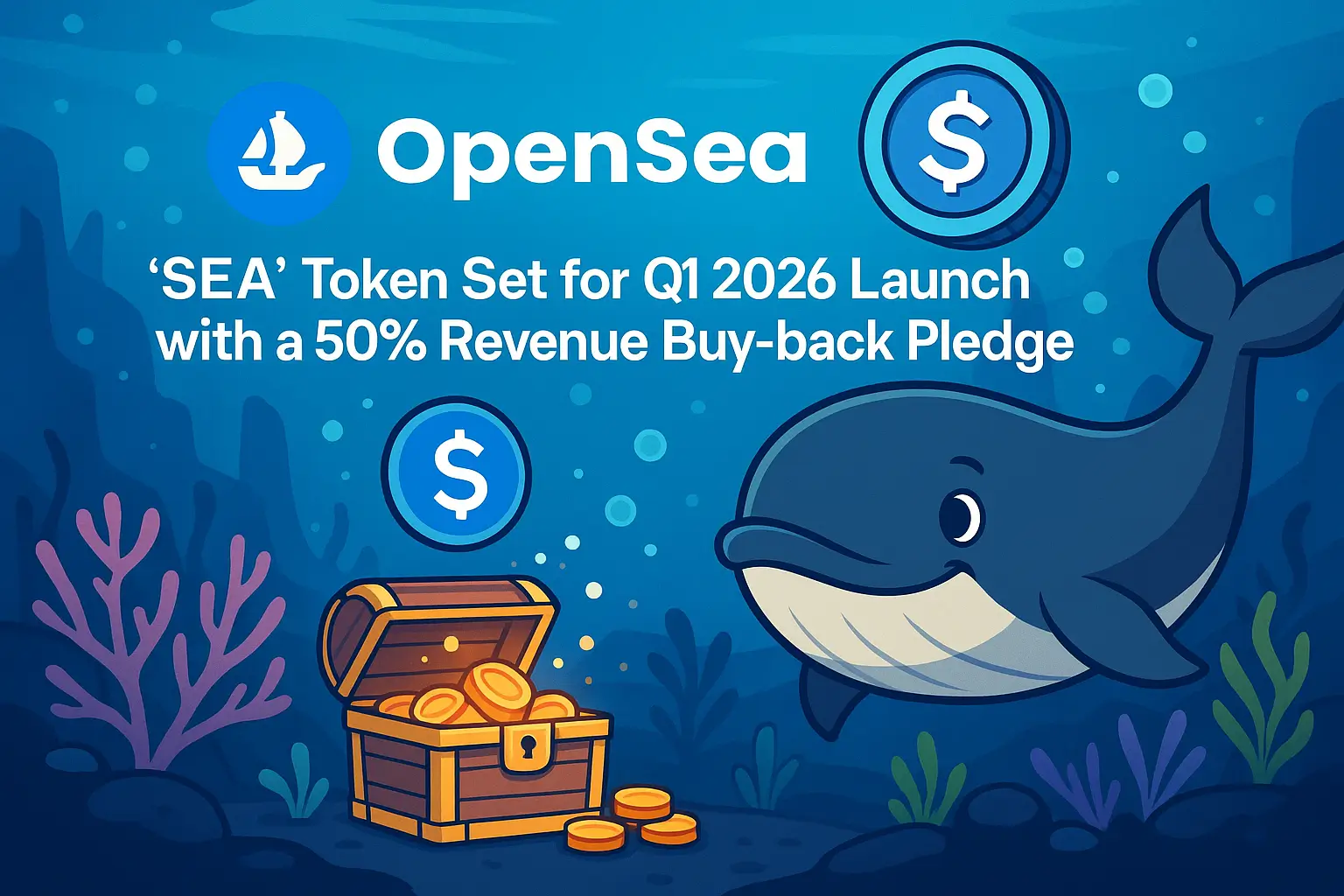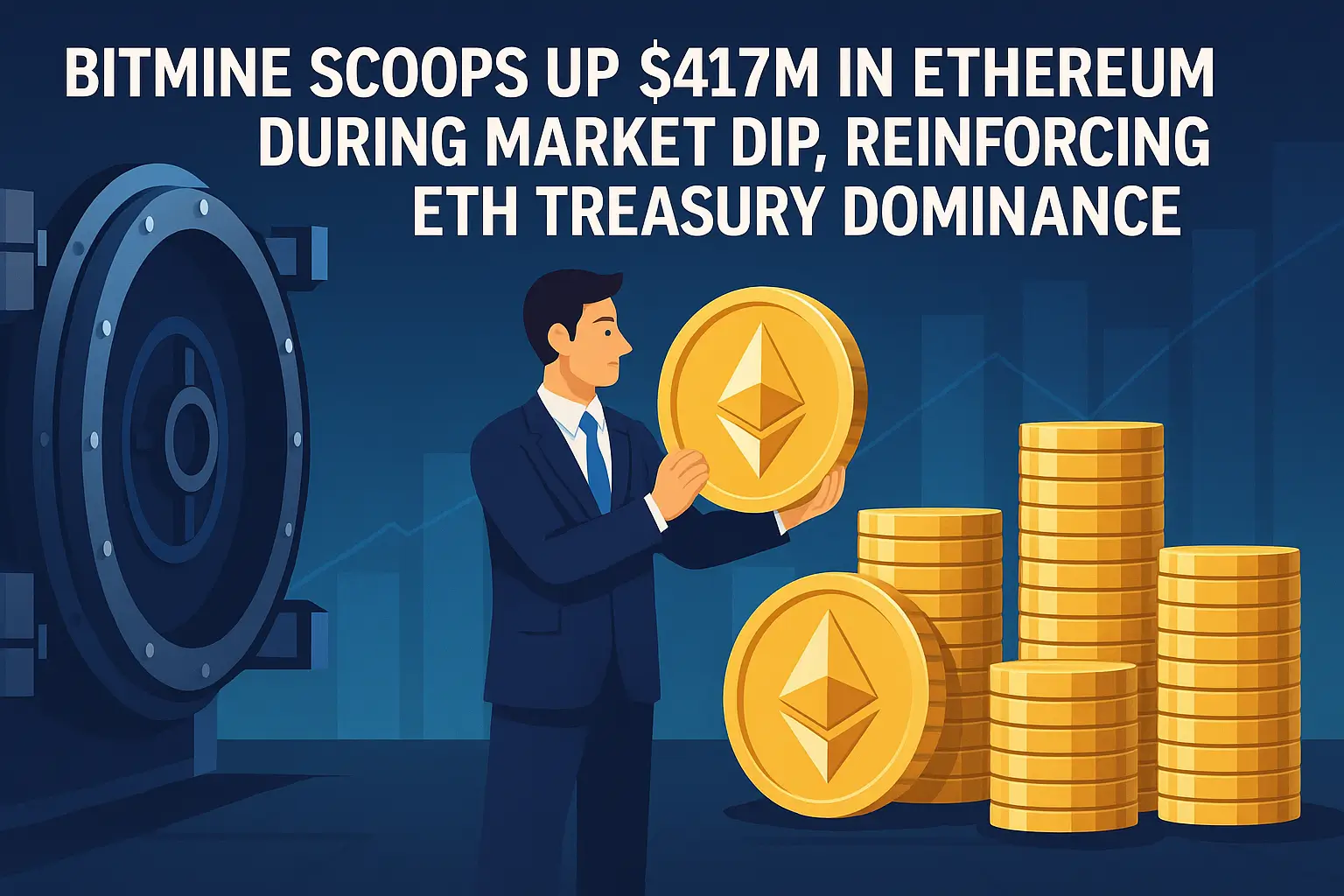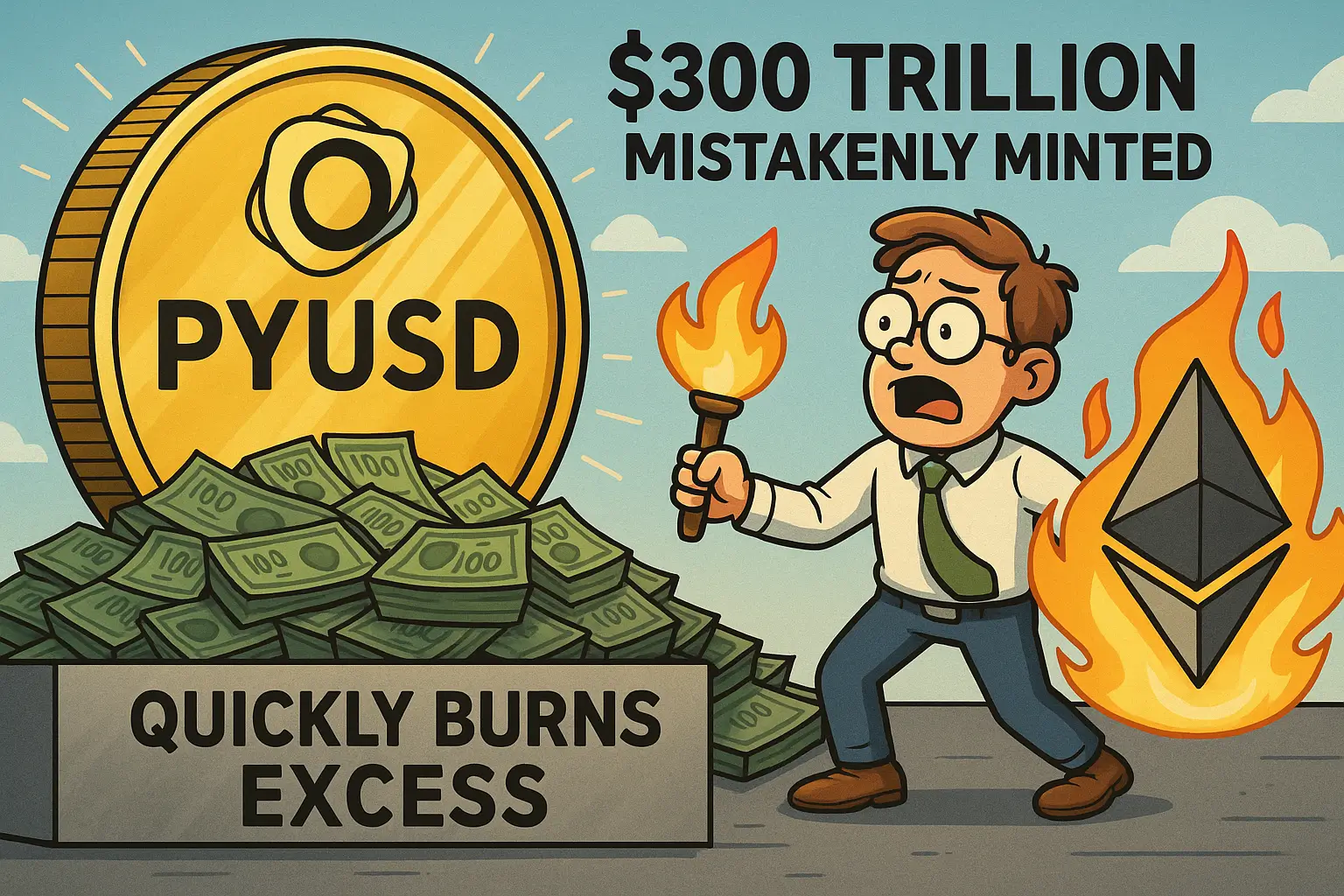Visa has announced plans to expand its stablecoin infrastructure, introducing support for four new tokens across four separate blockchain networks to strengthen its role in global crypto payments.
Key Takeaways:
- Visa will enable four new stablecoins across four blockchain networks, facilitating conversions between two fiat currencies and over 25 global currencies.
- Since 2020, Visa has processed over $140 billion in crypto and stablecoin transactions, with stablecoin-linked card spending up fourfold year-over-year.
- The expansion builds on Visa’s previous integration of USDC, EURC, PYUSD, and USDG on Ethereum, Solana, Stellar, and Avalanche.
Visa CEO Ryan McInerney confirmed in a recent earnings call (Q4) that the company will broaden its digital asset ecosystem by adding support for four additional stablecoins, each operating on a distinct blockchain network. While Visa did not disclose which blockchains or tokens will be included, the new rollout will reportedly cover two fiat currencies, likely the U.S. dollar and euro, allowing conversions into more than 25 fiat currencies globally.

Visa’s Q4 and full-year fiscal report, highlighting the CEO’s plan on stablecoin adaptation. Source: VISA
This expansion reflects Visa’s ongoing commitment to integrating blockchain-based solutions into its payments infrastructure and supporting the broader adoption of crypto payments.
Stablecoins Become a Core Component of Payments
McInerney emphasized that stablecoins have become a key element in cross-border and digital payments. “Stablecoins have proven to be an efficient and programmable form of digital money,” he said, highlighting the company’s intention to integrate them more deeply into card-linked and settlement systems.
Visa also plans to allow partner banks to mint and burn stablecoins via its Visa Tokenized Asset Platform, offering financial institutions more flexibility for treasury operations and blockchain-based settlement.
Visa’s Expansion Could Reshape Global Crypto Payments
Stablecoins are increasingly bridging traditional finance and blockchain systems. By expanding support across multiple chains, Visa signals that these assets are becoming central to cross-border payments and broader crypto adoption.
Visa’s stablecoin settlement volume has reached an annualized run rate of roughly $2.5 billion, reflecting growing institutional demand. The initiative also positions Visa as a hybrid facilitator, linking legacy financial systems with blockchain infrastructure and boosting confidence in the stablecoin ecosystem.
Market and Industry Reactions
Although Visa’s stock (NYSE: V) saw no significant movement following the announcement, the company remains one of the few global payment giants actively integrating blockchain technology into its settlement framework. At the time of writing (12:00PM UTC), Visa’s share price is valued at $346.90, showing a 0.7% drop over the past 24 hours, as per Google Finance.

Meanwhile, the broader crypto market also show muted reaction amid Visa’s expansion. Bitcoin (BTC) currently trades around $113,163, down 1.1% in the day, while Ethereum (ETH) is sitting near $4,012.31, also reflecting 24-hour price drop of 2.4%, all according to CoinGecko**.**
However, analysts view Visa’s announcement as a signal of increasing institutional confidence in stablecoin-based systems. The company’s move could boost the credibility of stablecoin issuers and accelerate mainstream adoption of crypto payments.
What’s Next?
The next phase will focus on which blockchains and stablecoins Visa selects, signaling which networks it views as scalable and regulatory-ready. How banks adopt Visa’s minting and burning model will also shape its crypto payment reach. Regulatory clarity, especially in the U.S. and EU, remains key, as favorable frameworks could boost stablecoin adoption and Visa’s role in cross-border settlements.
Summary
Visa will add four stablecoins across four blockchains, extend bank mint/burn, and deepen settlement integrations. With an annualized ~$2.5B stablecoin run rate and muted market reaction, the move underscores growing institutional confidence in programmable money for payments.

